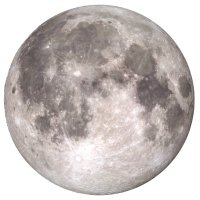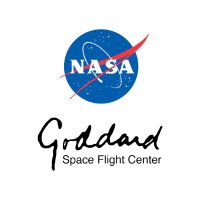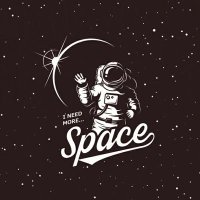
Space Features
@spacefeatures
#Space, the final frontier.
This account is devoted to show you rare wonders of space you've never seen before. We support #science! #Stars #Galaxy #astronomy
ID: 1013560410753167361
01-07-2018 23:10:07
519 Tweet
1,1K Followers
1,1K Following

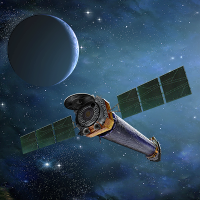
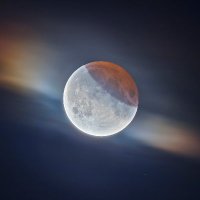
The finished result on the Heart nebula. I also did a processing technique to remove the stars which allows you to see the nebula and its structures on its own. #Astrophotography #space VirtualAstro 🔭AstroBackyard BBC Sky at Night Magazine BBC The Sky at Night Amateur AstroImaging











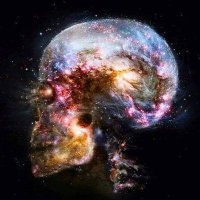

NASASpitzer How did NASASpitzer unveil the universe? It studied the cosmos in infrared light as one of NASA's Great Observatories. Looking in infrared allows us see distant galaxies and peer through dust to reveal baby stars, planets & so much more. #SpitzerFinalVoyage


